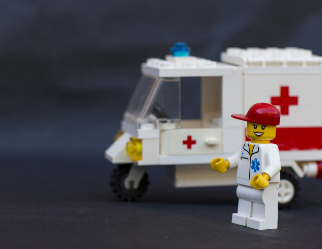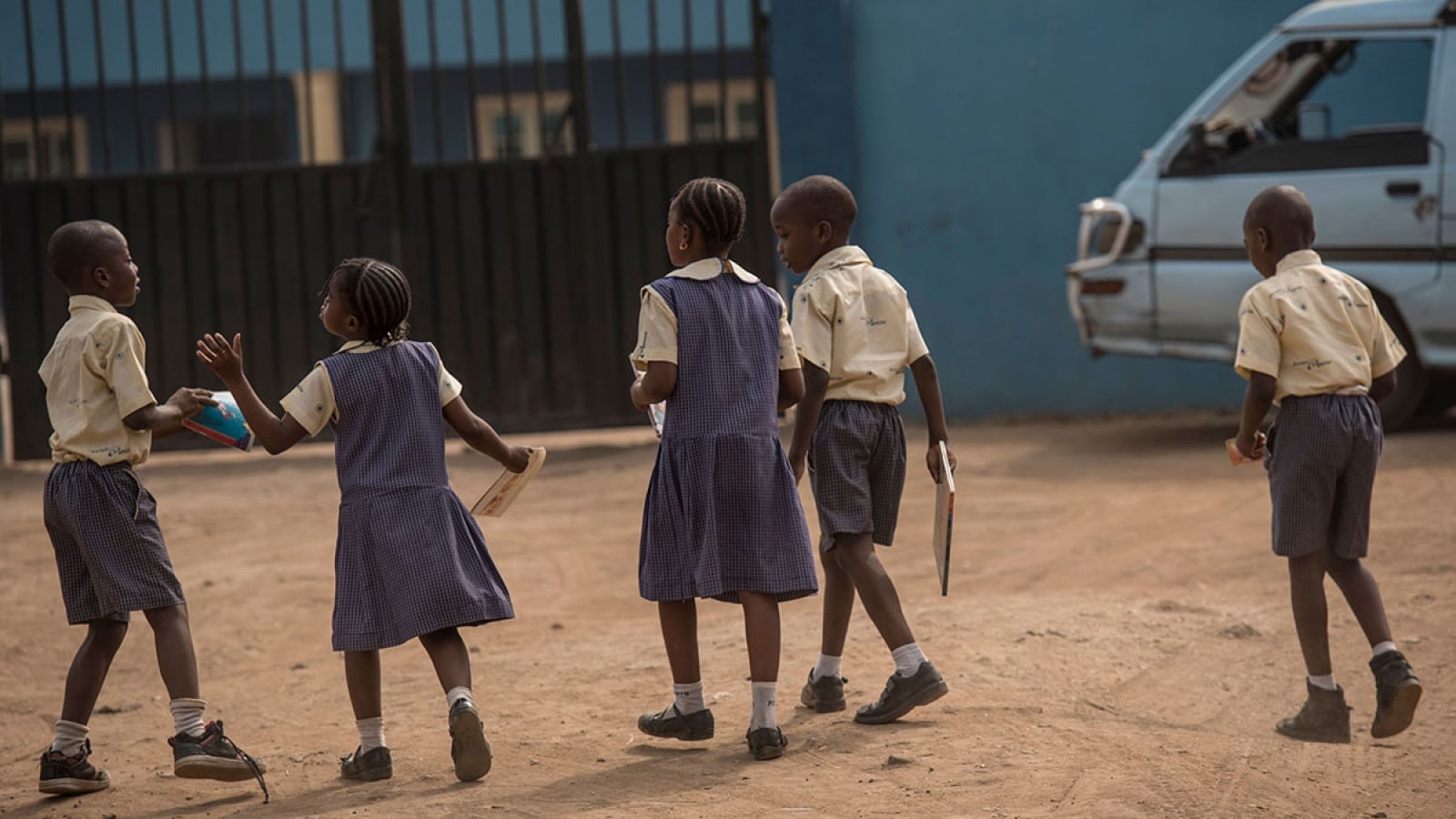Safety Emergency Plans

The actions taken in the initial minutes of an emergency are critical. A prompt warning to students to evacuate, shelter or lockdown can save lives. A call for help to public emergency services that provides full and accurate information will help the dispatcher send the right responders and equipment.
COVID-19 How to protect yourself and others
The best way to prevent illness is to avoid being exposed to this virus. Learn how COVID-19 spreads and practice these actions to help prevent the spread of this illness.
To help prevent the spread of COVID-19, everyone should:
• Clean your hands often, either with soap and water for 20 seconds or a hand sanitizer that contains at least 60% alcohol.
• Avoid close contact with people who are sick.
• Put distance between yourself and other people (at least 6 feet).
• Cover your mouth and nose with a cloth face cover when around others.
• Cover your cough or sneeze with a tissue, then throw the tissue in the trash.
• Clean and disinfect frequently touched objects and surfaces daily.
• CDC recommends that people wear cloth face coverings in public settings and when around people outside of their household, especially when other social distancing measures are difficult to maintain.
• Cloth face coverings may help prevent people who have COVID-19 from spreading the virus to others.
Symptoms of Corona Virus
Watch for symptoms
People with COVID-19 have had a wide range of symptoms reported – ranging from mild symptoms to severe illness. Symptoms may appear 2-14 days after exposure to the virus. People with these symptoms may have COVID-19:
• Fever or chills
• Cough
• Shortness of breath or difficulty breathing
• Fatigue
• Muscle or body aches
• Headache
• New loss of taste or smell
• Sore throat
• Congestion or runny nose
• Nausea or vomiting
• Diarrhea
This list does not include all possible symptoms. CDC will continue to update this list as we learn more about COVID-19.
Latest News

20/07/2020
JAMB reveals new guidelines for universities, how to change first choice for 2020/2021 admission

20/07/2020
JAMB announces date for commencement of admissions for 2020/2021 session

17/07/2020
Nigerian govt provides update on reopening of schools

17/07/2020
WASSCE 2020: Nigerian govt confirms meeting with WAEC over new exam dates
